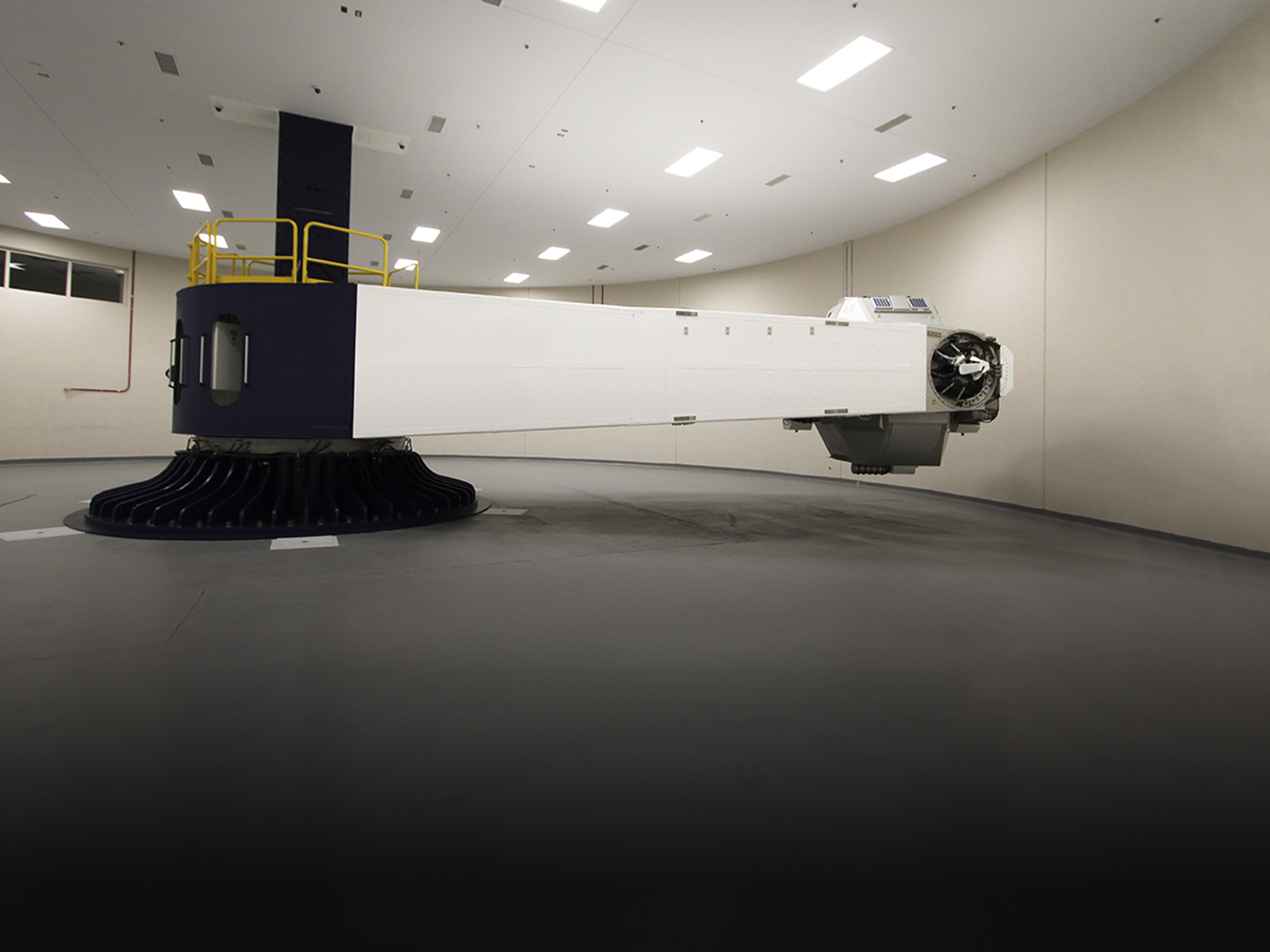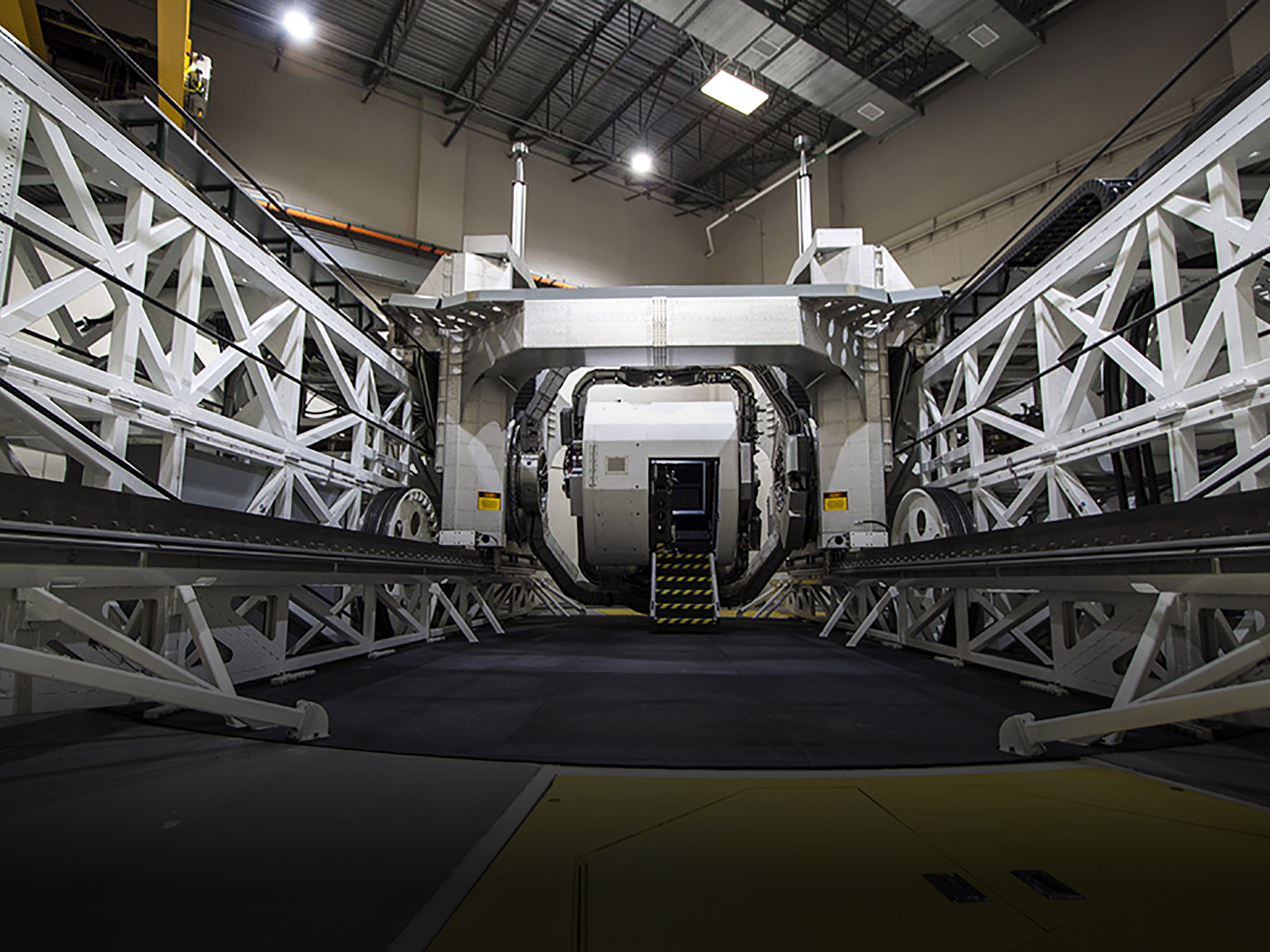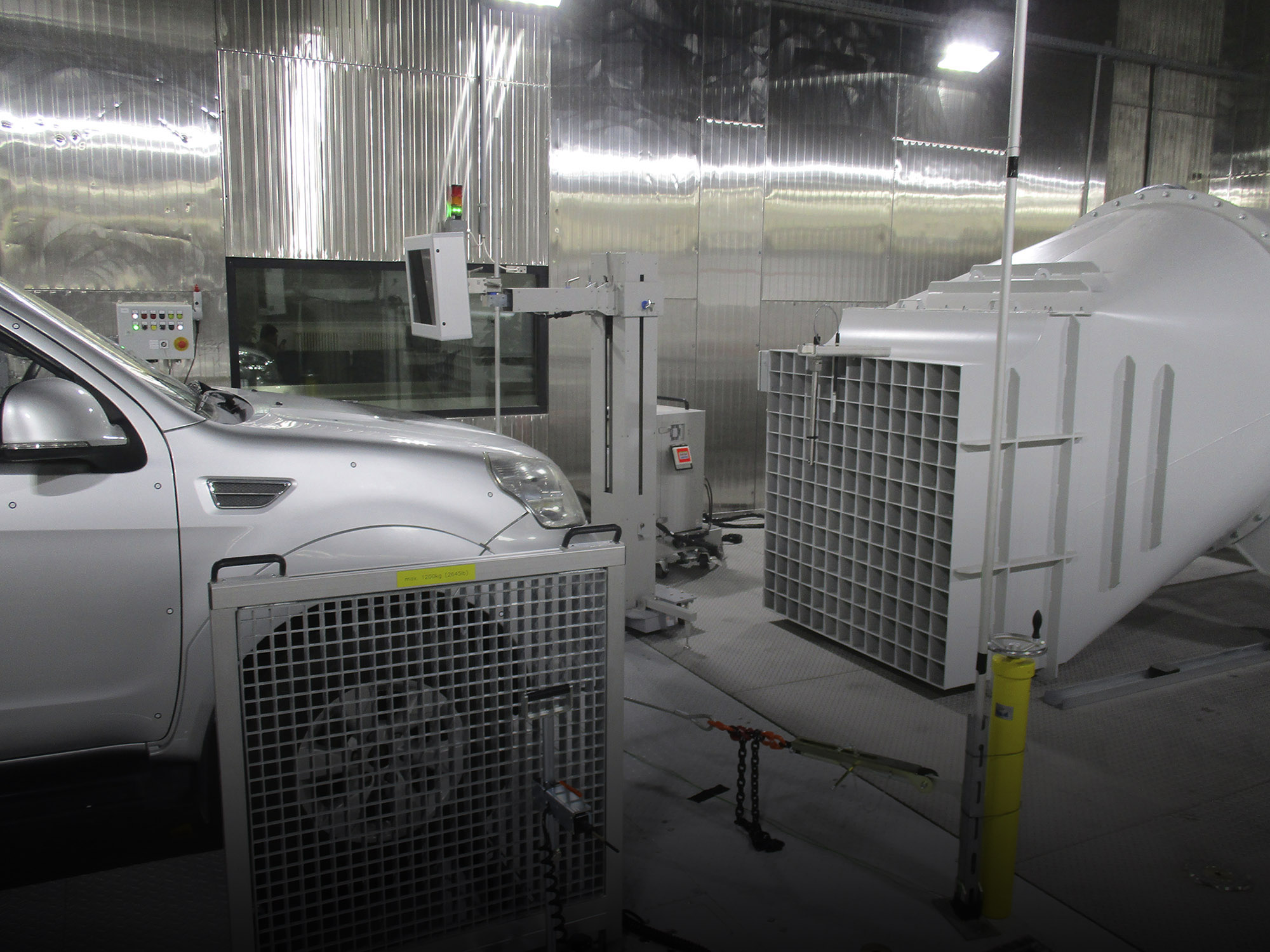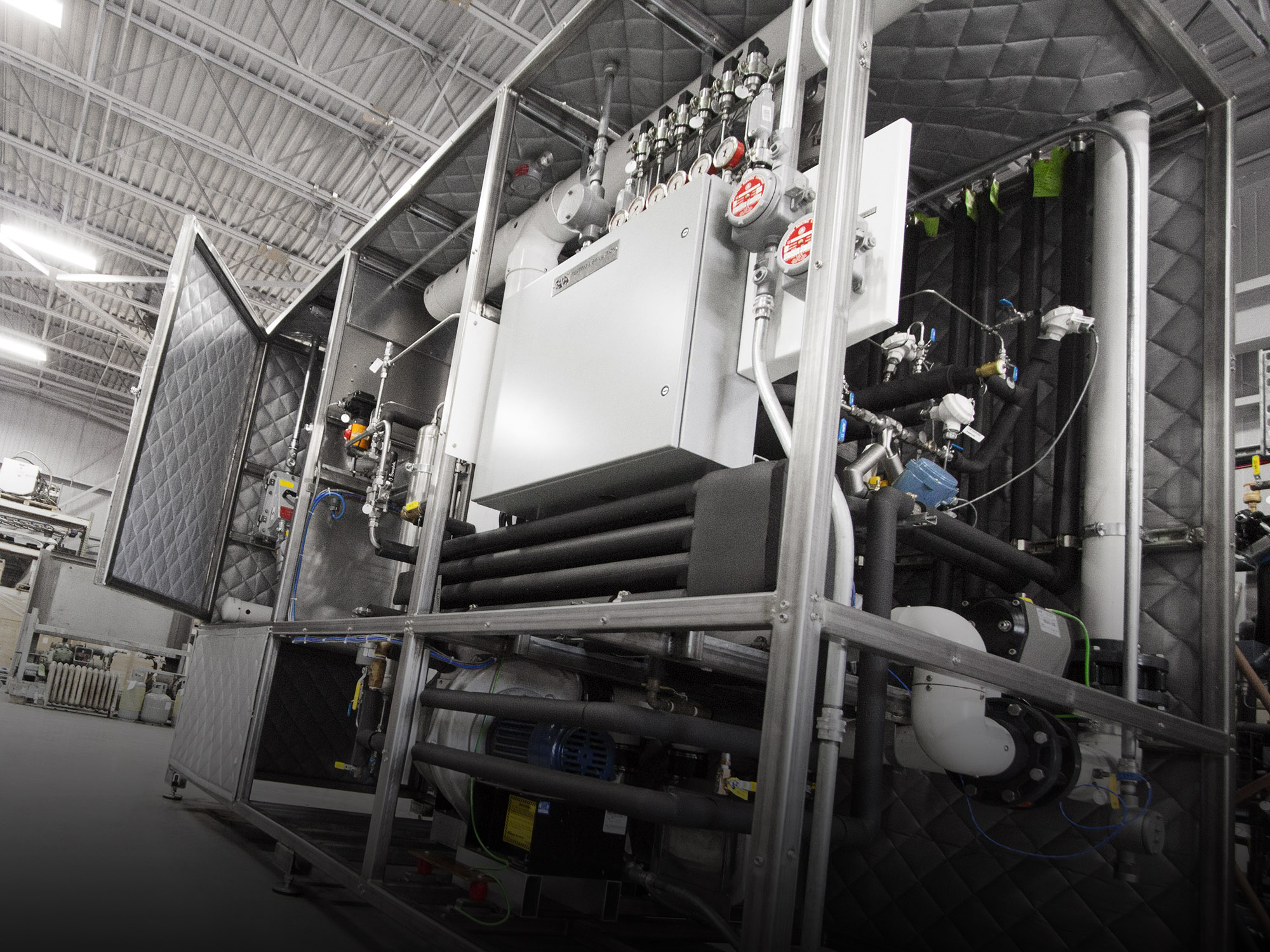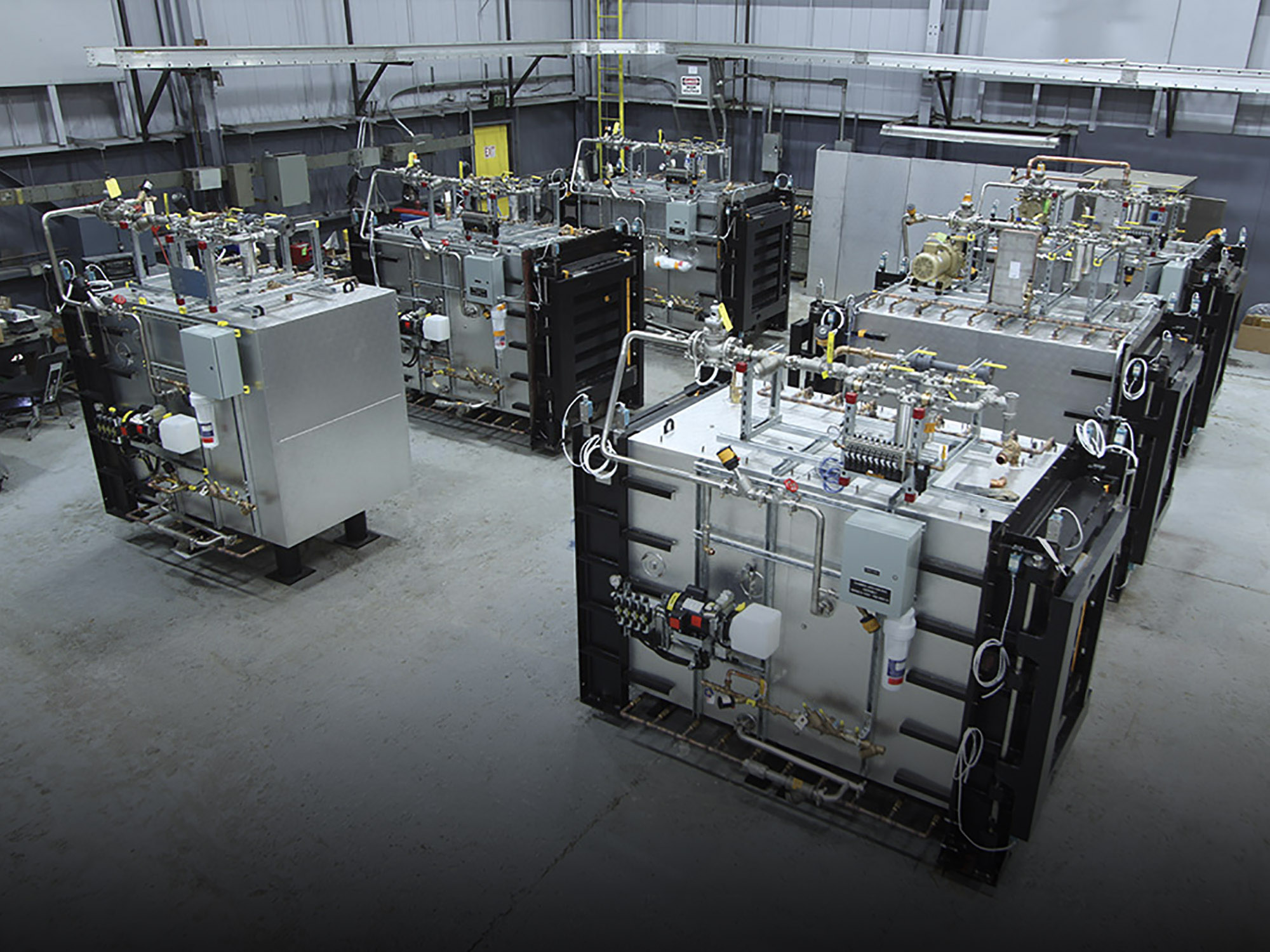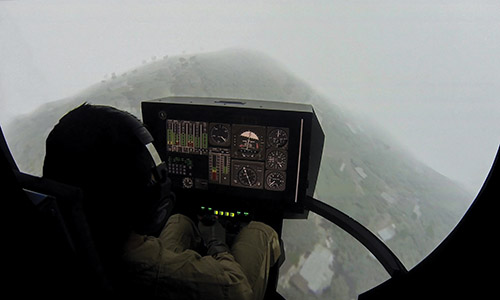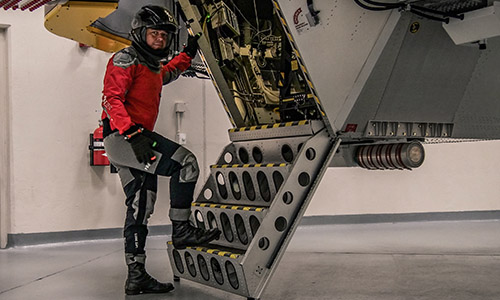ABOUT ETC
For five decades, ETC has been a leading provider of aircrew training solutions to the world's aeromedical community. ETC remains dedicated to our mission of delivering the most realistic, versatile, and cost-effective flight training solutions that meet or exceed the aeromedical training objectives of military and civil aircrew around the world.
ABOUT ETC
For five decades, ETC has been a leading provider of aircrew training solutions to the world's aeromedical community. ETC remains dedicated to our mission of delivering the most realistic, versatile, and cost-effective flight training solutions that meet or exceed the aeromedical training objectives of military and civil aircrew around the world.
Our Mission
ETC's mission is to combine physiology training and flight training to offer the most comprehensive and cost-effective aircrew training solutions.
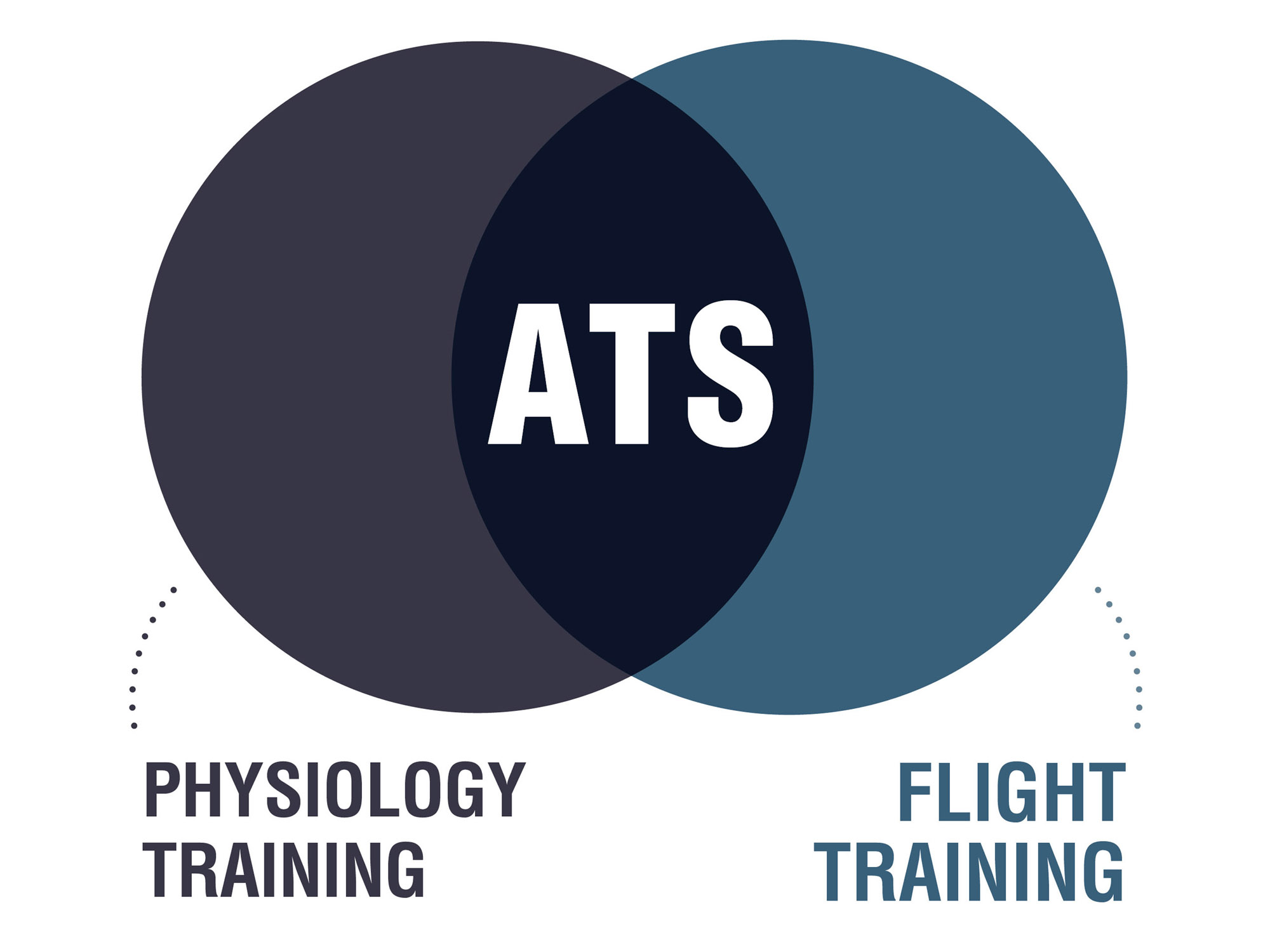
Experience and Expertise
Through fifty years of experience and research, ETC has maintained the cutting edge in technology for Aerospace Physiology Equipment. Because ETC has manufactured so much equipment, many devices are in their third and fourth generations of design. All ETC equipment is fully tested in our factory before shipment.
Five decades of Aerospace Solutions
Since 1969, ETC's Aircrew Training systems has been designing, manufacturing, installing, and supporting aircrew training equipment operating world wide.
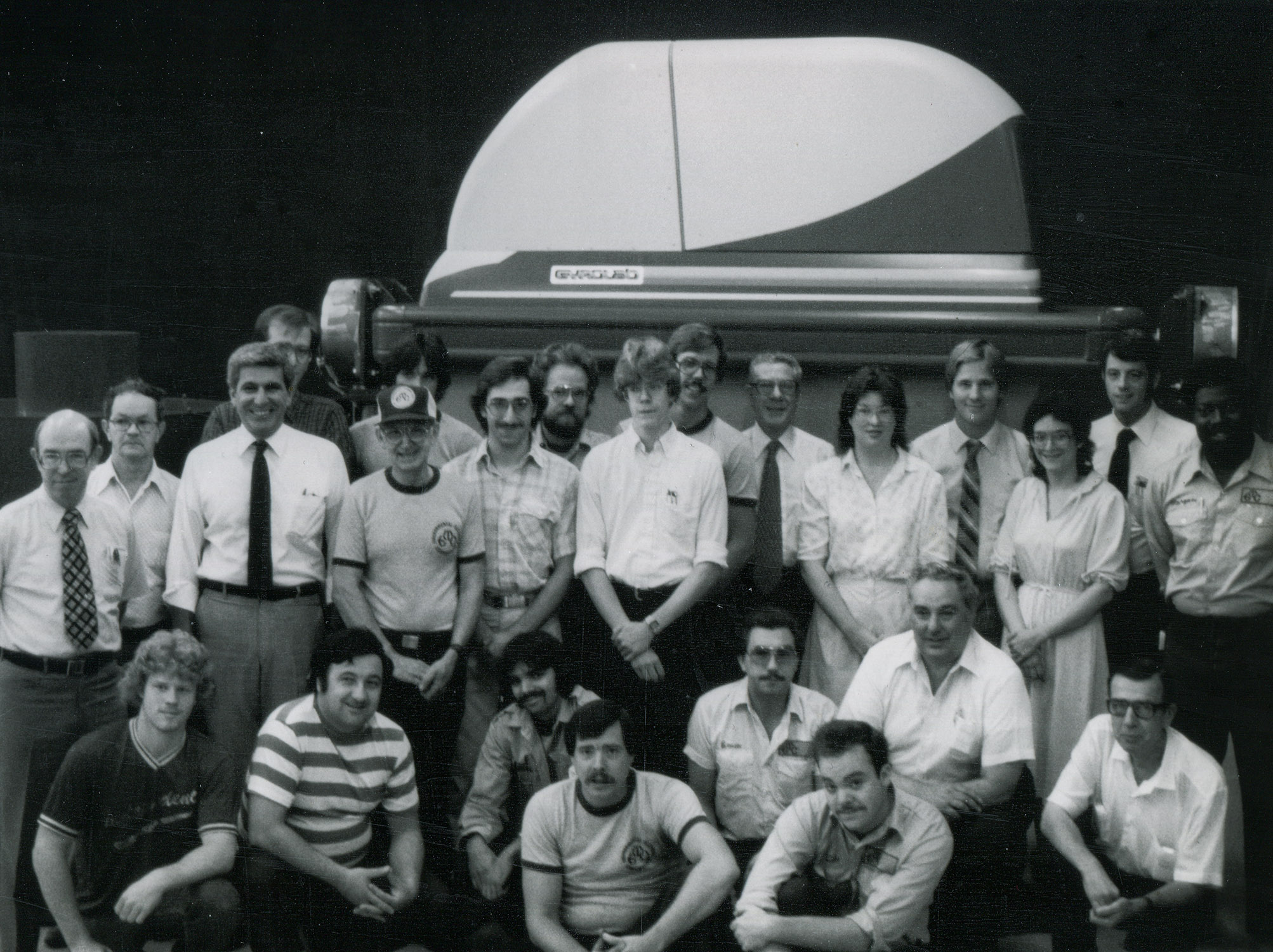
About ETC
Environmental Tectonics Corporation (‘”ETC”), located in Southampton, Pennsylvania, was founded in 1969. ETC designs, manufactures, and sells software driven products and services used to recreate and monitor the physiological effects of motion on humans, and equipment to control, modify, simulate and measure environmental conditions. Our products include aircrew training systems (aeromedical, tactical combat, and general), disaster management systems, sterilizers (steam and gas), environmental testing and simulation systems, and other products that involve similar manufacturing techniques and engineering technologies. ETC’s unique ability to offer complete systems, designed and produced to high technical standards, sets it apart from its competition. You can find ETC products in over 90 countries around the world. For more information about ETC, visit www.etcusa.com.
NEWS AND EVENTS
ETC announced that its Aircrew Training Systems business unit was awarded four contracts totaling $9.7 million. Three are for CLS contracts for repeat customers in the Middle East, and the U.S., and one is for a mid-life upgrade of Spatial Disorientation equipment for an Asian customer. Read the release.

ETC announced that its Aircrew Training Systems business unit (“ATS”) was awarded an $85 million contract for the delivery of an Aeromedical Center including the building and all related facilities, in addition to a suite of aeromedical training equipment.
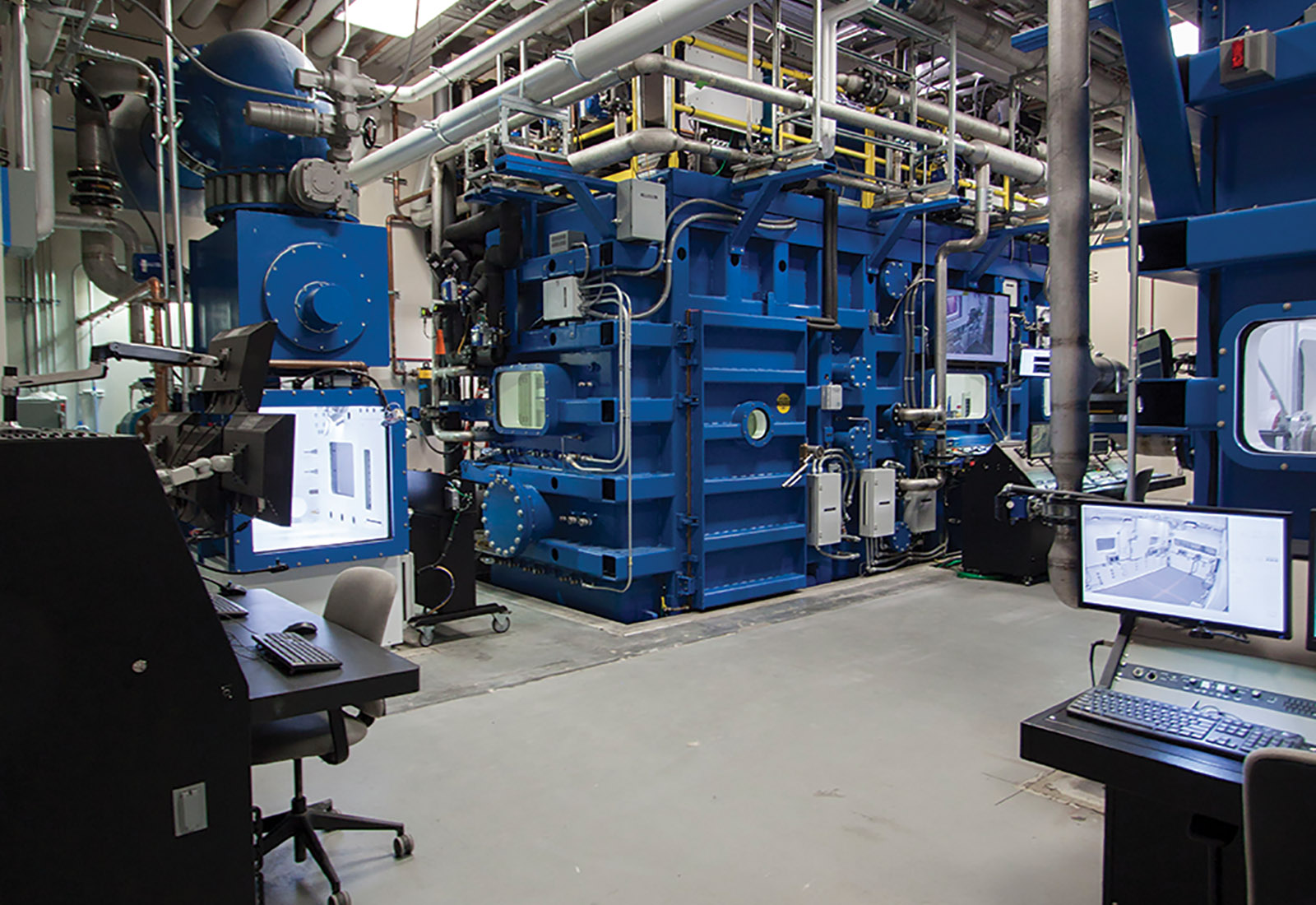
Three of the lab’s Research Altitude Chambers, better known as the RACs, are now certified for manned research up to 50,000 feet. No other chambers in the DOD have the same man-rating certification. It’s a feat not easily found elsewhere as well, according to Maj. Sarah Kercher, an aerospace physiologist for the lab’s 711th Human Performance Wing.
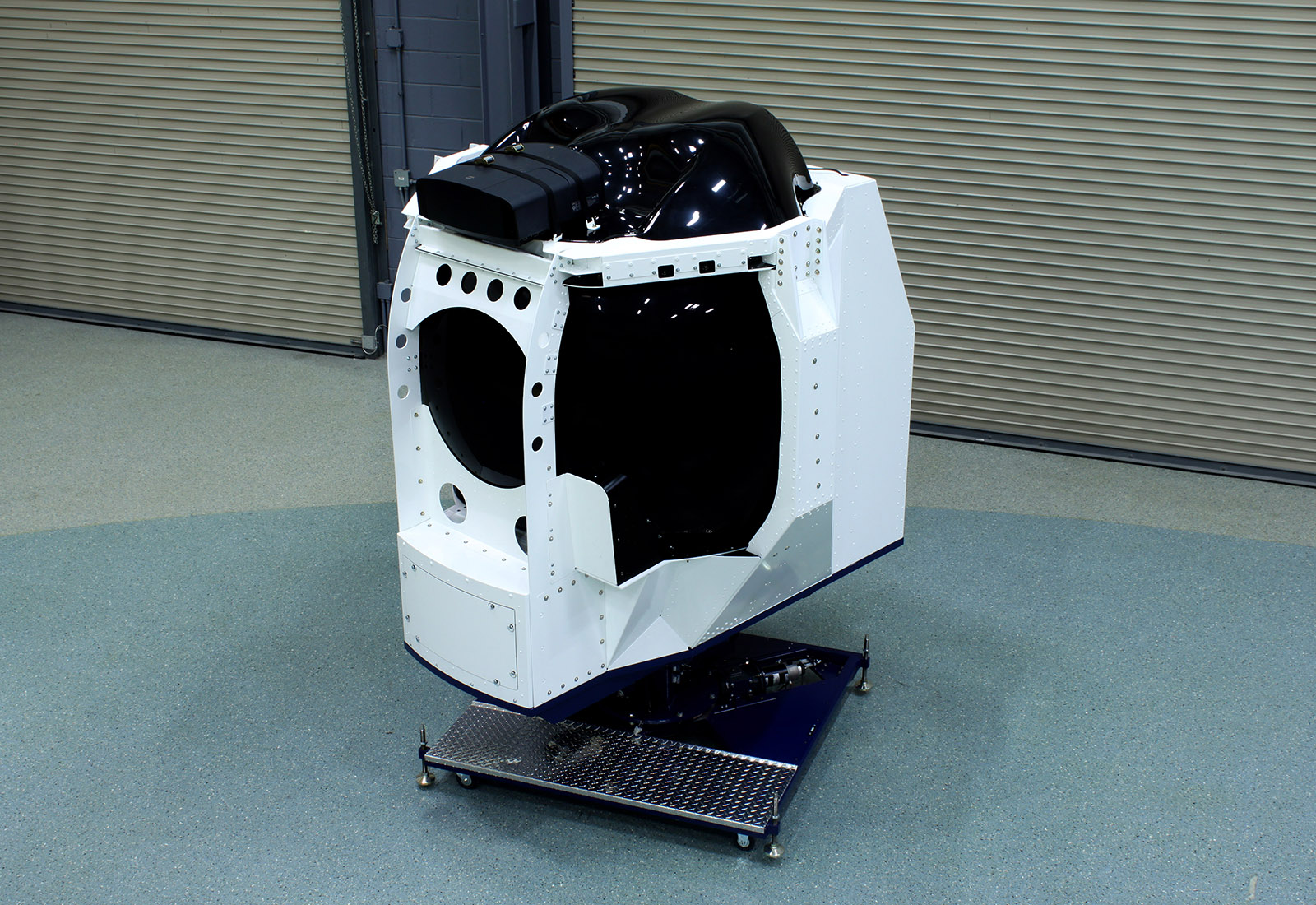
They're all trying to fix this problem of spatial disorientation in helicopters,” said Tom Zeidlik, director of aerospace physiology at UND. Once we get it, we will have the only one in existence outside of the military. Once it’s installed, Zeidlik said he anticipates an increase in the number of corporate helicopter pilots coming to UND for training.

ETC's Aircrew Training Systems (“ATS”) unit, announced it was awarded a contract from the University of North Dakota’s John D. Odegard School of Aerospace Sciences (“UND”) for its GAT-HELO, Rotary Wing Spatial Disorientation (“SD”) Trainer. The GAT-HELO is ETC’s most cost-effective, helicopter simulator capable of delivering general flight and spatial disorientation training. The specialized GAT-HELO motion platform is designed to create in-flight illusions authentically and safely.

ETC's ATFS-400 featured in episode three of Netflix's Countdown: Inspiration 4 Mission to Space. At ETC's NASTAR Center and utilizing an ATFS-400 human centrifuge, the crew underwent centrifuge training to prepare for the various dynamic situations encountered during spaceflight.
In this video, Noemi Distefano speaks to Glenn King, COO and director at the NASTAR Center, a division of training equipment manufacturer ETC, to obtain the company’s perspective on high-G and spatial disorientation training.
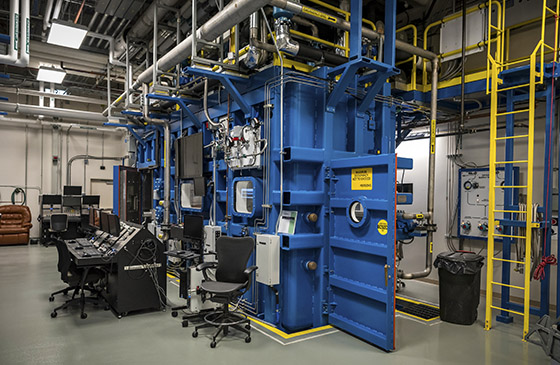
On May 27, leadership and aerospace physiology experts from across the Air Force came together both in-person and virtually via Zoom in a ribbon-cutting ceremony to celebrate the opening of the RAC, a family of four computer-controlled altitude chambers.
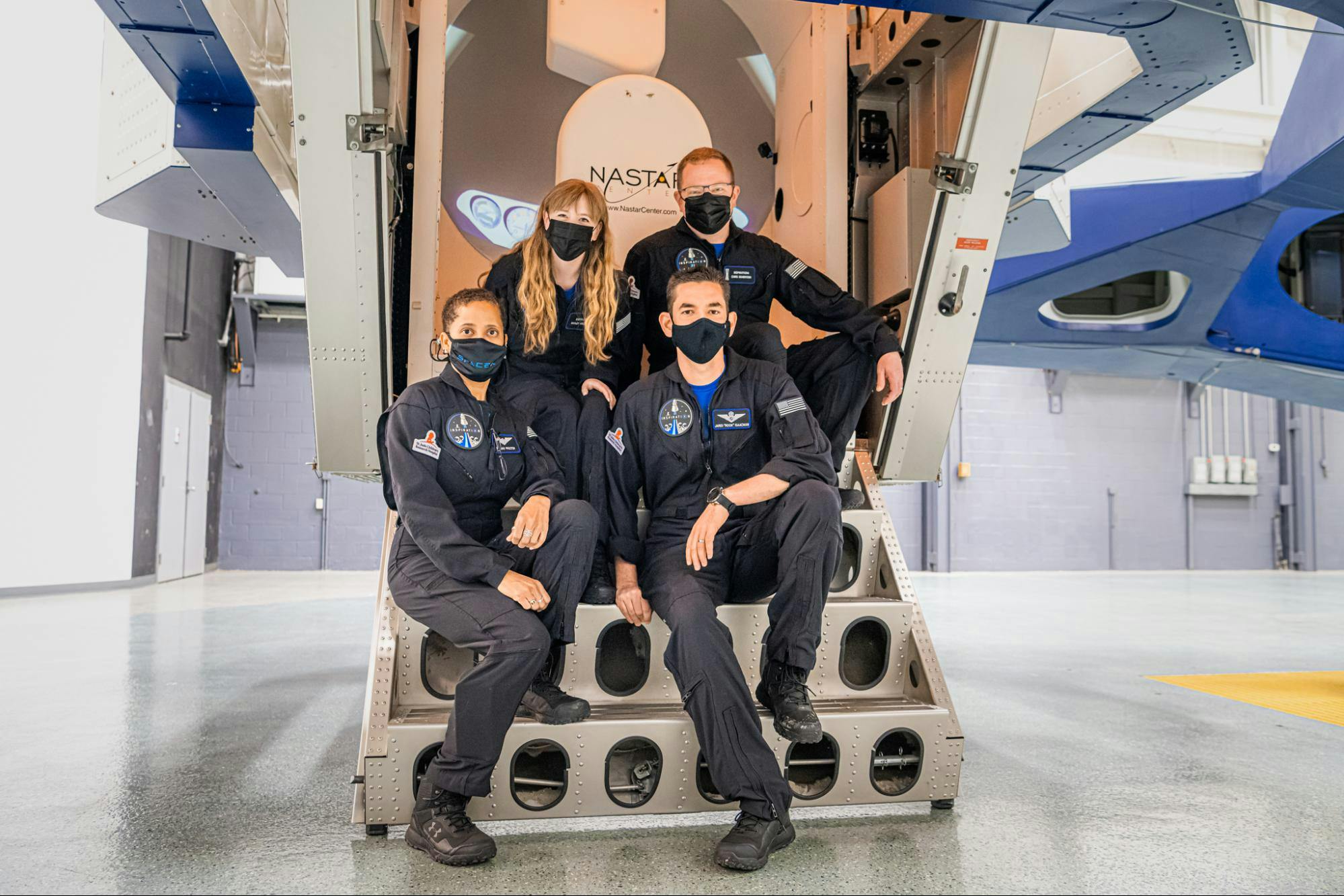
At ETC's NASTAR Center, the crew underwent centrifuge training to prepare for the various dynamic situations encountered during spaceflight — including launch, reentry, ocean splashdown, and a potential in-flight abort scenario.
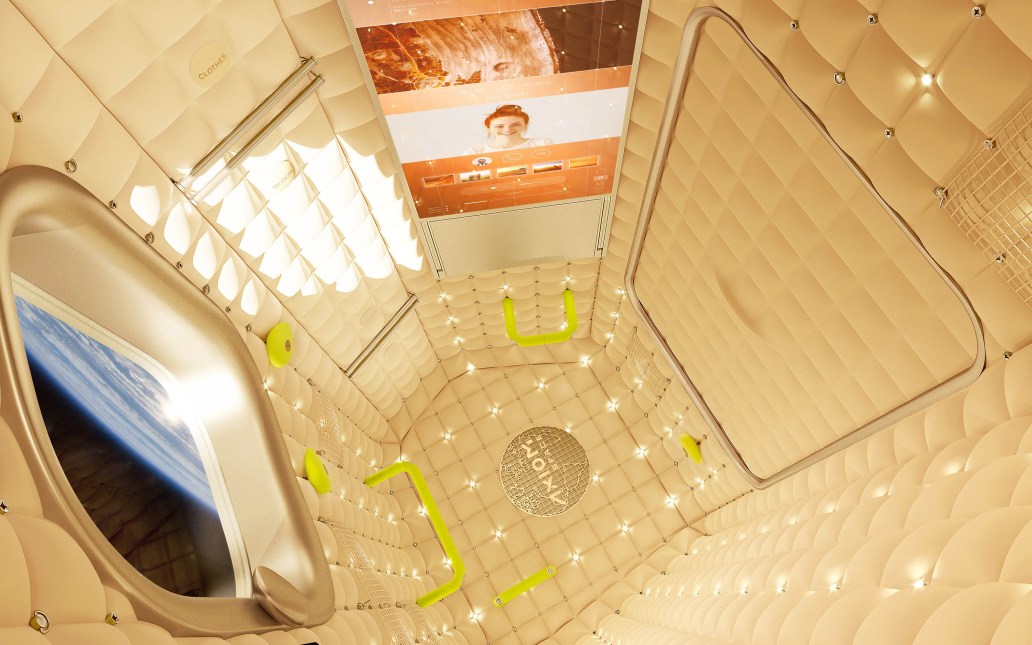
Private astronaut missions are set to begin this year. But how do you prepare a civilian for spaceflight?
Talk to us
We want to share our fifty years of experience and current trends to find the best solution that meets or exceeds your critical training objectives.
Contact us